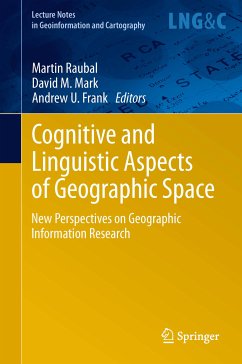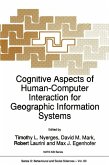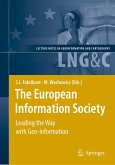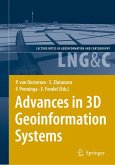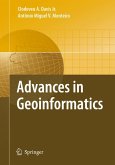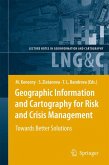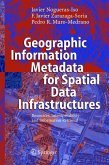The 2010 meeting brought together many of the original participants, but was also open to others. Scientists, engineers, and humanists working at the intersection of cognitive and geographic information science helped reassess the research needs and approaches. What are today's challenges? What can we achieve in the next 20 years? What are the lessons learned? This edited book evaluates the current state of the field through chapters by participants and documents an interdisciplinary research agenda for the future.
Dieser Download kann aus rechtlichen Gründen nur mit Rechnungsadresse in A, B, BG, CY, CZ, D, DK, EW, E, FIN, F, GR, HR, H, IRL, I, LT, L, LR, M, NL, PL, P, R, S, SLO, SK ausgeliefert werden.

